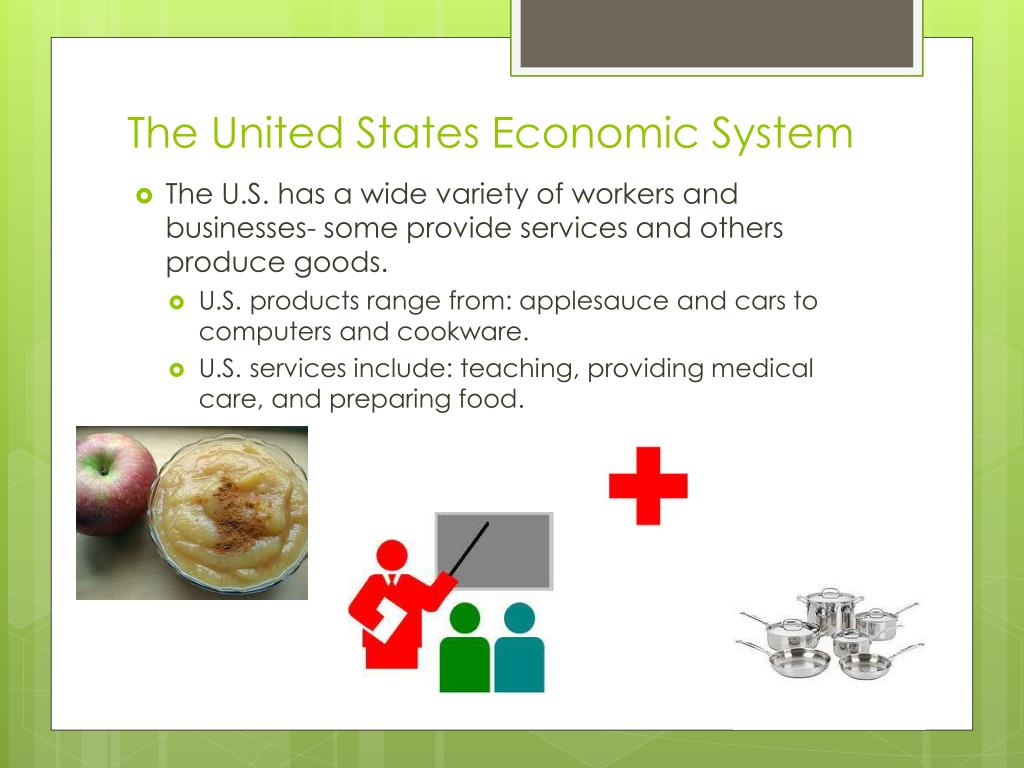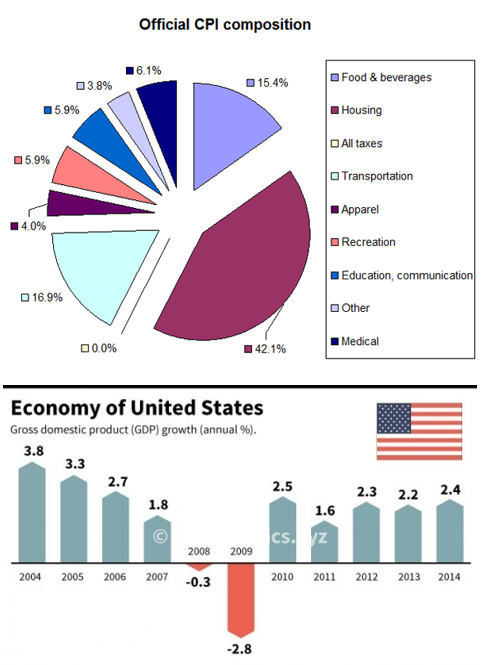The United States Economy Operates Primarily As A

The United States economy operates primarily as a mixed economy, exhibiting characteristics of both capitalism and socialism. This blended approach, while widely acknowledged, is now under increased scrutiny amidst growing wealth inequality and debates over government intervention.
This report details the current structure of the US economy, focusing on its dominant capitalist elements tempered by social programs and regulations. We examine how this mix impacts key sectors and discuss the ongoing tensions shaping its future.
Understanding the Mixed Economy Framework
The US economy is often described as a mixed economy. This means that while private ownership and free markets drive much of the economic activity, the government plays a significant role through regulation, social safety nets, and public services.
A purely capitalist economy emphasizes laissez-faire principles, with minimal government intervention. However, the US model includes substantial government involvement to address market failures and provide social support.
This involvement manifests in various forms, including taxation, antitrust laws, social security, and environmental regulations. These interventions aim to balance economic freedom with social welfare and environmental protection.
Key Capitalist Characteristics
Private property rights are a cornerstone of the US economy. Individuals and businesses have the right to own and control assets, encouraging investment and innovation.
Free markets, driven by supply and demand, largely determine prices and resource allocation. This promotes efficiency and responsiveness to consumer preferences.
Competition among businesses is encouraged, leading to innovation, lower prices, and a wider variety of goods and services. This drives economic growth and consumer benefits.
Significant Socialist Elements
The government provides a range of social welfare programs, including Social Security, Medicare, and Medicaid. These programs offer a safety net for vulnerable populations and address income inequality.
Regulations are in place to protect consumers, workers, and the environment. These regulations address market failures and ensure fair practices.
Public goods and services, such as national defense, infrastructure, and education, are funded by the government. These provide essential services that the private sector may not adequately provide.
Impact on Key Sectors
In the healthcare sector, private insurance companies dominate, but government programs like Medicare and Medicaid provide coverage to millions. This creates a complex mix of market-based and socialized healthcare.
The education system includes both private and public schools. Public education is funded by taxes, while private schools rely on tuition and donations.
The financial sector is largely driven by private banks and investment firms. However, the government regulates the industry to prevent financial crises and protect consumers.
Data and Statistics
According to the Congressional Budget Office (CBO), federal spending on mandatory programs like Social Security and Medicare accounts for a significant portion of the federal budget. In 2023, these programs represented roughly 40% of federal outlays.
The World Bank reports that the US has a high level of economic freedom, but also a relatively high level of income inequality compared to other developed nations. The Gini coefficient, a measure of income inequality, is higher in the US than in many European countries.
The Bureau of Labor Statistics (BLS) data shows that government employment accounts for a significant share of the workforce, demonstrating the public sector's role in the economy. In 2024, government employees constituted approximately 15% of total employment.
Ongoing Tensions and Debates
There is an ongoing debate about the appropriate level of government intervention in the economy. Some argue for reducing regulations and taxes to promote economic growth. Others advocate for expanding social programs and regulations to address inequality and environmental concerns.
Rising income inequality is a major concern. Many believe that the current mixed economy is not adequately addressing this issue and that further reforms are needed.
The role of government in addressing climate change is also a subject of debate. Some argue for government intervention to promote renewable energy and reduce carbon emissions, while others prefer market-based solutions.
Conclusion
The US economy's operation as a mixed economy is a dynamic and evolving process. Discussions surrounding its future trajectory continue, focusing on issues like wealth distribution, regulatory reforms, and the scope of social safety nets. Continued monitoring of economic indicators and policy debates is crucial to understanding the ongoing adjustments within this mixed economic framework.


















